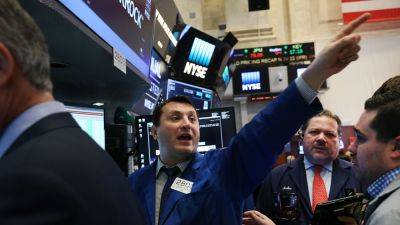Pumped-up stock markets are no indication of a country’s economic health
It’s remarkable how quickly a limp, lifeless balloon becomes a bouncy, bobbing object ready to take flight once connected to a cylinder of helium gas. We might say the same of national economies and stock market stimulus.
But what kind of economic growth is it that depends on injections of gas (maybe financial “liquidity” is a better term) to stimulate and sustain it? It is more apparent than real and it is what economists might term “low quality”.
Productivity-enhancing capital investments in manufacturing, infrastructure (digital as well physical) and human resources, for example, boost growth rates and absolute gross domestic product. But how many people watch these?
Instead, a key indicator of economic health that people look to increasingly is the level of a nation’s stock market, and that can be influenced or manipulated by domestic monetary policy and international capital flows.
But as economist and analyst Richard Katz observed in a recent commentary, this doesn’t mean that Japan is back. While Japanese stock prices are up 60 per cent from six years ago, real “GDP is up a trivial 1 per cent”, he notes.
This is an important point, and by no means only in relation to Japan. Expressed in money terms (as GDP is), growth has been inflated by the liquidity-pumping of central banks in most advanced economies.
We tend to focus on how this affects the price of goods and services – and current price inflation – but financial liquidity also pushes up the price of stocks and property, creating an asset price inflation which in turn raises GDP.
Stock markets are booming in Japan and the United States on the back of strong liquidity, and the sentiment-boosting effect of this supercharges perceptions of how strong the two economies







